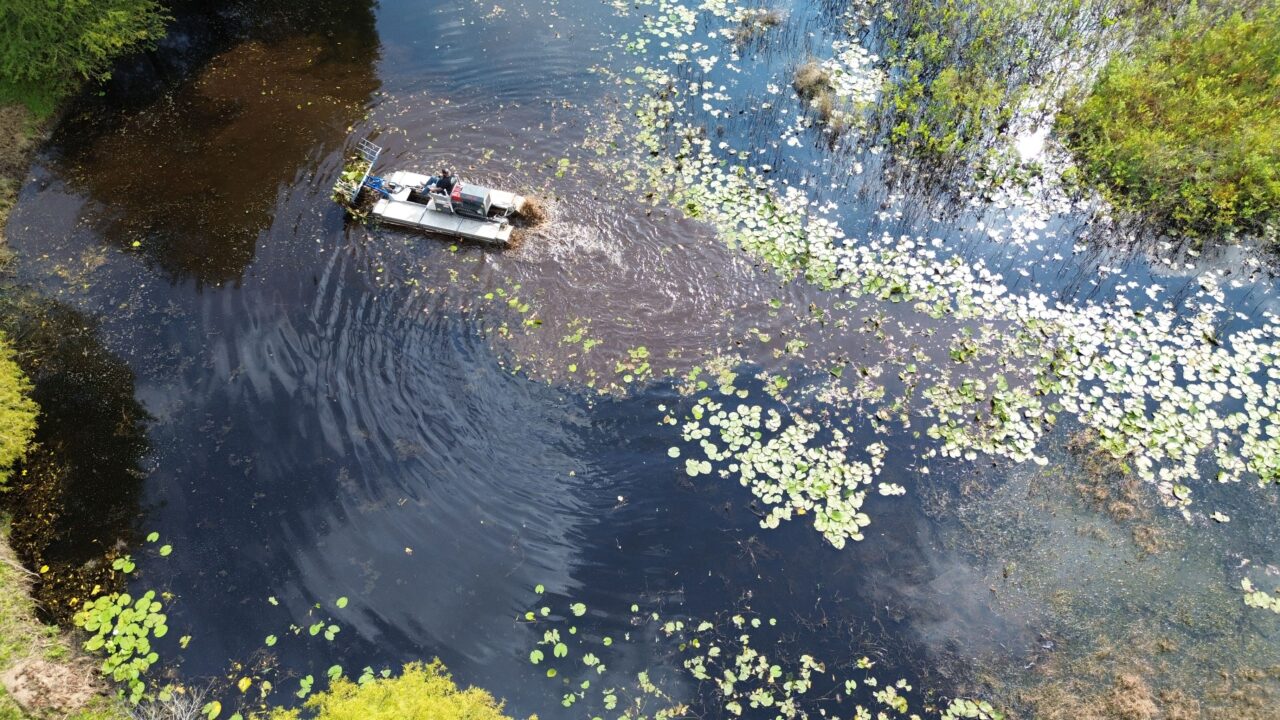Pond Maintenance Tips
Small ponds seldom need a complete clean-out, unless they become extremely overgrown or silted up. Larger ponds may require some work in the beginning but a healthly pond needs little maintenance. Here are some simple steps that can help keep your pond looking its best.
Water levels should be monitored regularly and topped up as needed. This is especially important during periods of drought or excessive rain events.
Plants
Plants add beauty, interest and texture to your pond. They can also soften the transition from water to land and help prevent erosion. Plants are natural filters that improve water quality by consuming nutrients and reducing algae. Many plants produce dissolved oxygen through photosynthesis, which is important for fish and aquatic wildlife.
Plants can provide food for wildlife such as fish, birds, turtles and insects. They can also provide cover for smaller animals and help regulate temperature in the pond. Many emergent and shoreline plants have large root structures that reduce wave action and stabilize the soil. Creeping jenny is a great example of this, growing in relatively dry soil around the edge of your pond, then extending out over it forming a raft.
Tropical plants can add bright color and unusual shapes not found in hardy plants such as cannas, tropical waterlilies, taro and water hyacinth. They also take different nutrients out of the water helping to prevent string algae.
Fish
Biological filtration is a critical part of maintaining a healthy pond. Nitrifying bacteria, found on the bottom of a pond, absorb ammonia and turn it into nitrates which are less dangerous to fish.
The nitrates are then taken up by aquatic plants, leaving clean water for your fish to swim in. However, this process requires oxygen which is why we recommend aerating your pond.
If you are unable to aerate your pond, algae control is the next step. The best way to keep algae at bay is to add beneficial bacteria on a regular basis throughout the season. It will compete with the algae for available nutrients starving it of its food source.
The final step is to prepare your pond for winter. This includes installing netting before the trees start dropping their leaves, trimming back aquatic plants and adding cold water bacteria. Pond safety should always be a priority. This means keeping the area clear of hazards such as rocks, logs and branches. Also, be sure to post swimming and boating rules in all areas where swimmers may frequent.
Waterfalls
Waterfalls not only provide a beautiful aesthetic to your garden but they can help keep the pond clean. Pond waterfalls can encourage the growth of beneficial bacteria which in turn will help to break down organic matter and algae. In addition, they also serve as a form of aeration which is important to the health of your fish and plants.
A running waterfall will also prevent debris such as leaves, twigs and other items from settling on the bottom of the pond where they can lead to a buildup of sludge that contains harmful bacteria. Waterfalls can also be a great way to introduce oxygen into the water and are an excellent addition to koi ponds.
In addition, a pond waterfall will also help to attract wildlife such as dragonflies and hummingbirds that will help with pest control around the home. They can even help reduce the amount of mosquitoes on your property! Waterfalls also release negative ions which help promote calmness and can improve blood circulation.
Fountains
Fountains agitate the surface of your water and prevent a build-up of sludge on the bottom. This keeps the pond ecosystem healthy by keeping debris from settling and decaying where it can deprive fish of oxygen and release toxic chemicals like hydrogen sulfide into the water.
Having a floating fountain or similar feature in your pond also makes it hard for algae to grow. Algae is a natural part of any pond but excessive growth can deprive fish and other aquatic life of oxygen, create a murky appearance and create unpleasant odors in the surrounding environment.
The constant movement created by a fountain is very effective in eliminating these issues. It also helps the water become more oxygenated by circulating it and mixing it with air. This is a crucial aspect of pond maintenance because dissolved oxygen (DO) levels decrease as water becomes stagnant. This is the primary reason why aeration is so important to your pond.
Southern Turf has the equipment and expertise for all your pond maintenance needs. Our mobitrack is ready to roll. Give us a call today!
lake clearing pond maintenance
Last modified: October 23, 2023




